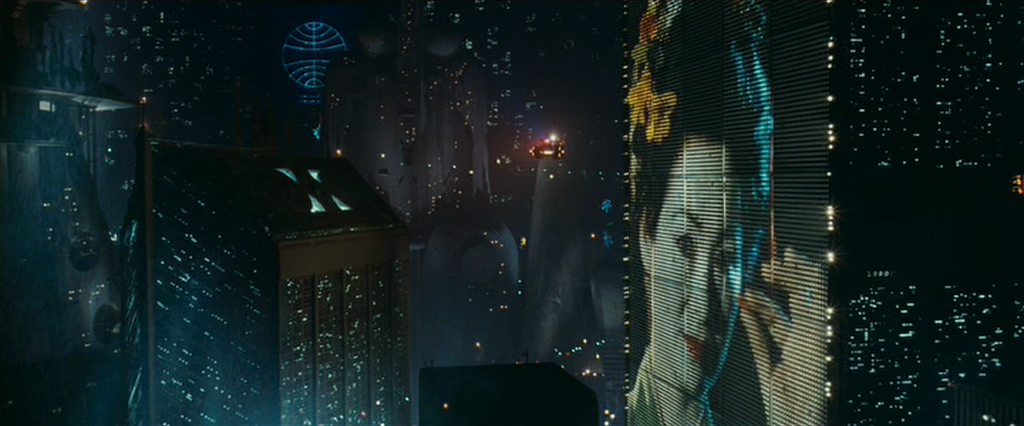When Blade Runner was released in theaters in 1982, it gave the world a glimpse of how the year 2019 could look like. While we can safely assume that in two years’ time, there will be no Replicants walking among us nor cars flying above our heads (although we’re getting there one step at a time), it did accurately represent the future of advertising, such as moving-image billboards that would adapt itself to the individual passing by. And this is exactly what is happening today through the use of facial recognition.
This biometric technology allows for the identification and authorization of human faces through the comparison of an individual’s facial features and an available database (Hospitality Technology, 2016). While facial recognition is mostly used by the security industry for things such as surveillance (Kairos, 2017), its possible alternative uses have certainly not escaped the eye of the advertisement industry.
One of the benefits of using facial recognition for marketing purposes, is that it allows for advertisements in public spaces to be specifically tailored to an individual who’s in the near vicinity of the advertising space. Once the individual gets recognized, the advertisement changes according to his or her age, gender or specific preferences (this, of course, depends on how much data is stored on this individual). This allows for the improvement of targeting the right customer, while simultaneously preventing unnecessary waste of marketing budget on the wrong target group. In fact, this will take place this year in Picadilly Circus, London; the large 790 square meter screen will use facial recognition in order to change displayed ads according to the gender, age and feelings of nearby pedestrians (Ong, 2017).
Facial recognition could also help brick-and-mortar stores compete with giant Internet retailers such as Amazon, on the front of customer loyalty. For instance, today most loyal customers only get recognized at a brick-and-mortar store once they reach the check-out register, hand over their loyalty card to the cashier, and receive their loyalty points or discount. However, with the use of facial recognition, loyal customers can be recognized from regular ones at the moment of setting foot in the store. Once this happens, employees could be notified of their presence, offering them a personalized and enhanced shopping experience, as well as displaying tailored offerings based on the preferences of the loyal customer (Hargrave, 2016).
While the use of facial recognition technology can be an effective marketing tool, it does raise several issues. The majority of consumers still feel uncomfortable about the idea of being recognized in public, and see this as a violation of their privacy. For instance, this aversion of facial recognition led Walmart, Giorgio Armani and Macy’s to stop the development of projects that made use of this technology in 2015. Likewise, the use of this technology in advertisement requires a large amount of computing power, which outweigh its benefits. (Fung Global Retail & Tech, 2017). However, it’s not only consumers who are becoming warier of this technology, as the law itself is getting in on this as well; the EU general data protection regulation, which will define biometrics data as extra sensitive, will become law in May 2018 (Hargrave, 2016).
So, although facial recognition allows advertisements to become more personalized and will most likely be adopted to a certain extent by organisations, the above mentioned factors will probably turn it into a niche technology in the field of advertisements. It seems the world is not yet ready for the future of advertising à la Blade Runner style.
Sources:
Hargrave, S. (2016). Facial recognition – a powerful ad tool or privacy nightmare? Retrieved on October 15, 2017 from https://www.theguardian.com/media-network/2016/aug/17/facial-recognition-a-powerful-ad-tool-or-privacy-nightmare
Hospitality Tech (2016). Facial Recognition Market Expected to Reach $9.6 billion Worldwide by 2022. Retrieved on October 15, 2017 from https://hospitalitytech.com/facial-recognition-market-expected-reach-96-billion-worldwide-2022
Fung Global Retail & Tech (2017). More than Meets the Eye – An Overview of Facial Recognition and its Applications in Retail. Retrieved on October 17, 2017 from https://www.fungglobalretailtech.com/research/meets-eye-overview-facial-recognition-applications-retail/
Kairos (2017). Face Recognition and the Future of Security. Retrieved on October 15, 2017 from https://www.kairos.com/blog/face-recognition-and-the-future-of-security
Ong, T. (2017). Huge new screen in London’s Picadilly Circus will display ads based on nearby cards and people. Retrieved on October 16, 2017 from https://www.theverge.com/2017/10/16/16468452/screen-london-picadilly-circus-cars-targeted-ads-landsec

